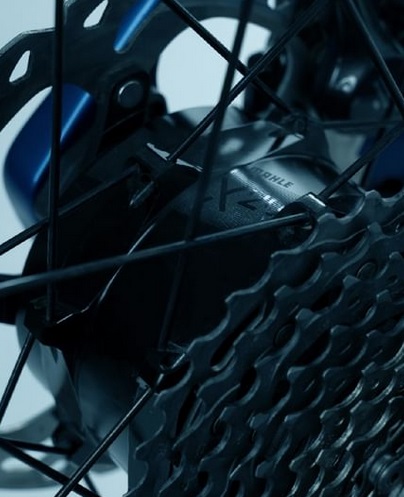
Mahle X20 Motor Unlock: Technical Analysis and Implications
Mahle X20 Motor Unlock: Technical Analysis and Implications
The Mahle X20 motor is an e-bike propulsion system recognized for its lightness and integration, often used on high-end electric bicycles. Like most e-bikes sold in Europe, the Mahle X20 system is configured to provide pedal assistance up to a maximum speed of 25 km/h, in compliance with current regulations that classify these vehicles as "pedal-assisted bicycles."
The practice of "unlocking" the motor, or removing the speed limiter, refers to modifying this setting to allow the motor's assistance to operate at speeds exceeding 25 km/h. This operation, while technically feasible, carries a series of technical and legal implications that are crucial to understand.
Procedures and Types of Unlocking
Unlocking the Mahle X20 motor is typically performed by installing external electronic devices, commonly referred to as "tuning kits" or "speed unlockers." These devices work by intercepting and modifying the signal from the speed or cadence sensor, so that the motor's control unit (ECU) receives altered data and continues to provide assistance even beyond the 25 km/h threshold.
There are various types of these devices; some promise to keep the display data (speed and distance traveled) correct, while others may lead to halved or falsified readings. Installation can range from simple connection to pre-existing wiring to more complex interventions requiring some manual skill.
Technical Implications of Unlocking
Modifying the speed limit on the Mahle X20 motor leads to several technical consequences:
Mechanical Stress: The motor, designed to operate within specific speed and power parameters, is subjected to greater stress when consistently operating at higher speeds. This can accelerate the wear of internal motor components and the drivetrain (chain, sprockets, chainring).
Overheating: Prolonged operation at high power can cause the motor to overheat, potentially leading to malfunctions or, in extreme cases, irreversible damage.
Battery Consumption: Increased assistance speed translates into higher energy consumption, significantly reducing battery range.
Warranty Voiding: Modifying the motor invalidates the manufacturer's warranty. Service centers can easily detect alterations, even if the unlocking device is removed before inspection.
Compromised Riding Smoothness: Tricking the control unit can lead to less fluid and progressive assistance, altering the riding characteristics for which the e-bike was designed.
Legal and Regulatory Implications
It is essential to highlight that modifying an e-bike to exceed 25 km/h of assistance, in Italy and most European countries, renders the vehicle no longer compliant with the "pedal-assisted bicycle" classification. Such a vehicle is reclassified as a moped or motorcycle, requiring:
Type Approval and Registration: The vehicle must be type-approved and registered.
License Plate and Insurance: It must be equipped with a license plate and third-party liability insurance coverage.
Driving License: The rider must possess the appropriate driving license.
Approved Helmet: The use of an approved helmet becomes mandatory.
Circulating on public roads with a modified e-bike that does not comply with these regulations can result in administrative and criminal penalties, and vehicle impoundment. Authorities are increasingly vigilant about this phenomenon, and controls are becoming more frequent and sophisticated.
Concluding Remarks
While unlocking the Mahle X20 motor might appear to be a way to enhance an e-bike's performance, it is crucial to carefully weigh the technical and, especially, legal implications. Compliance with current regulations not only ensures safety and legality in vehicle use but also preserves the durability and warranty of original components.
